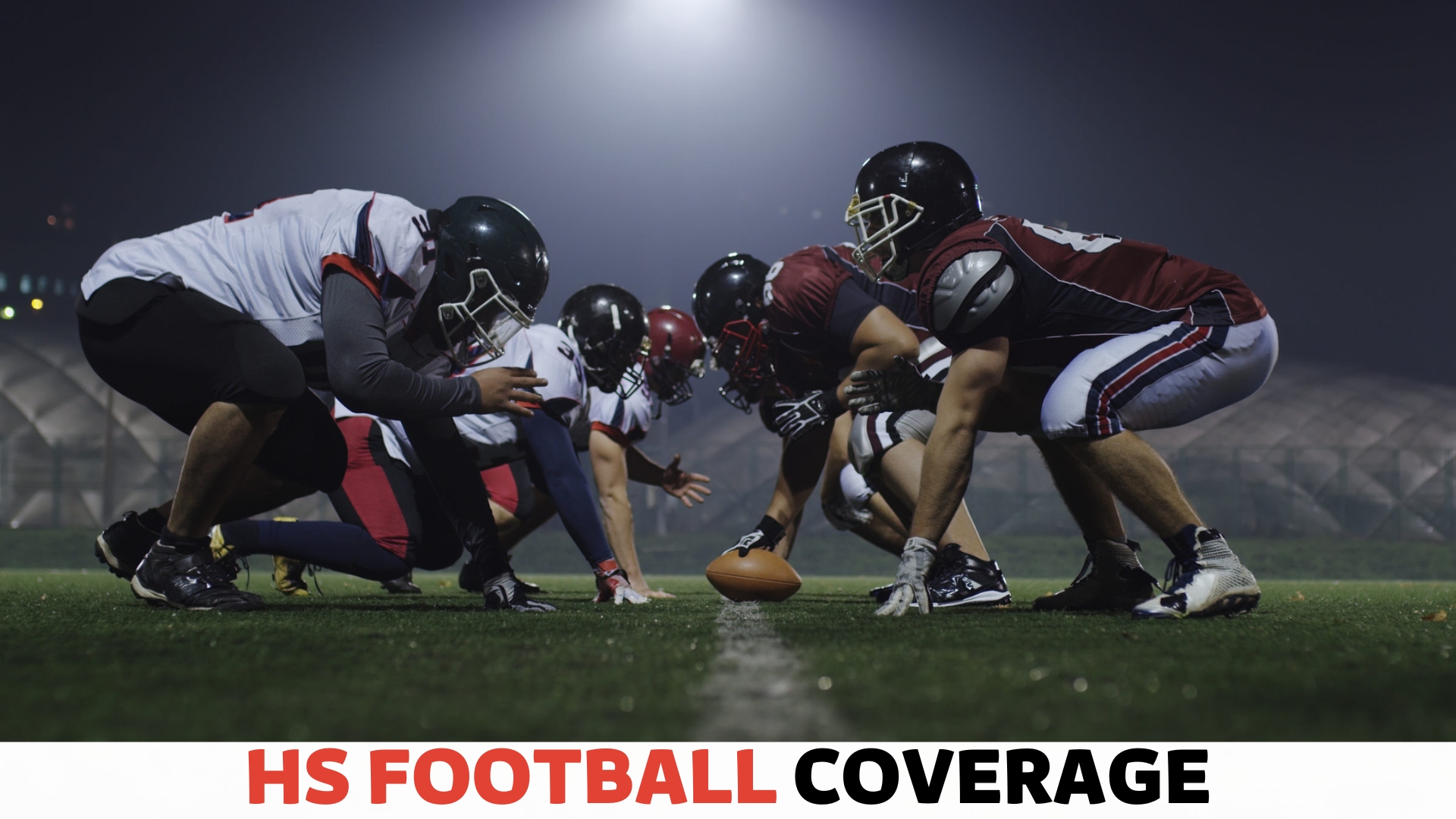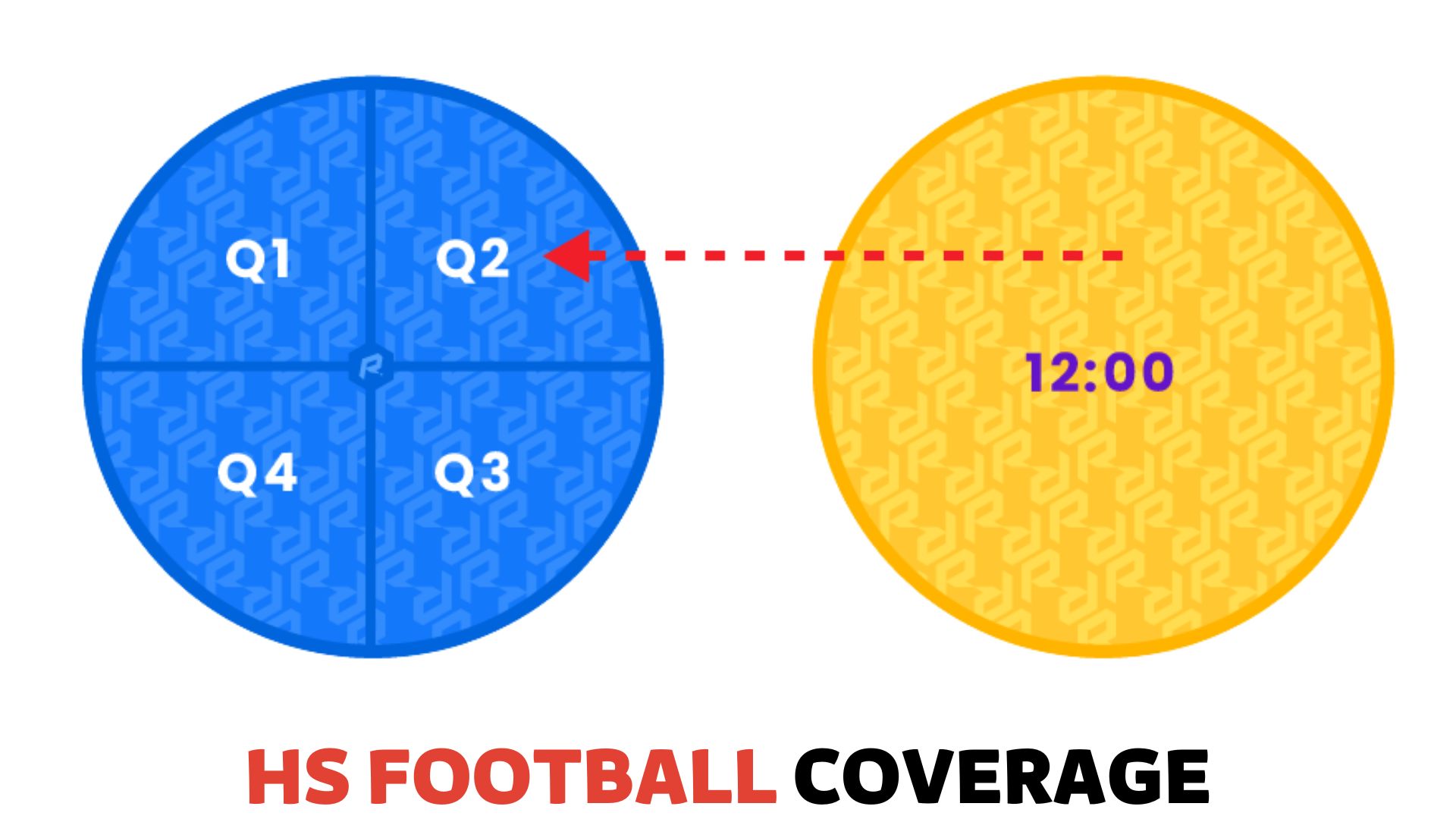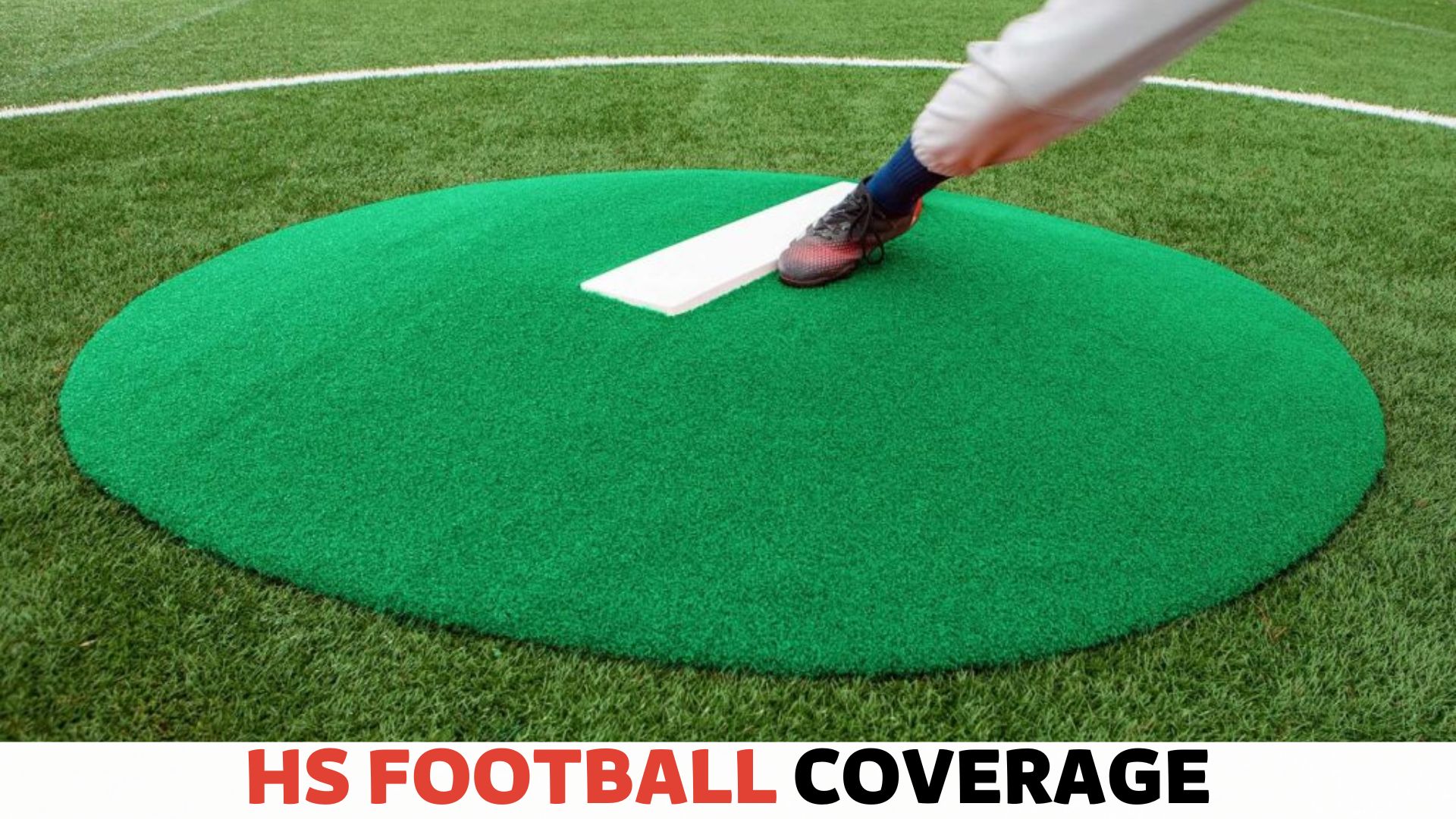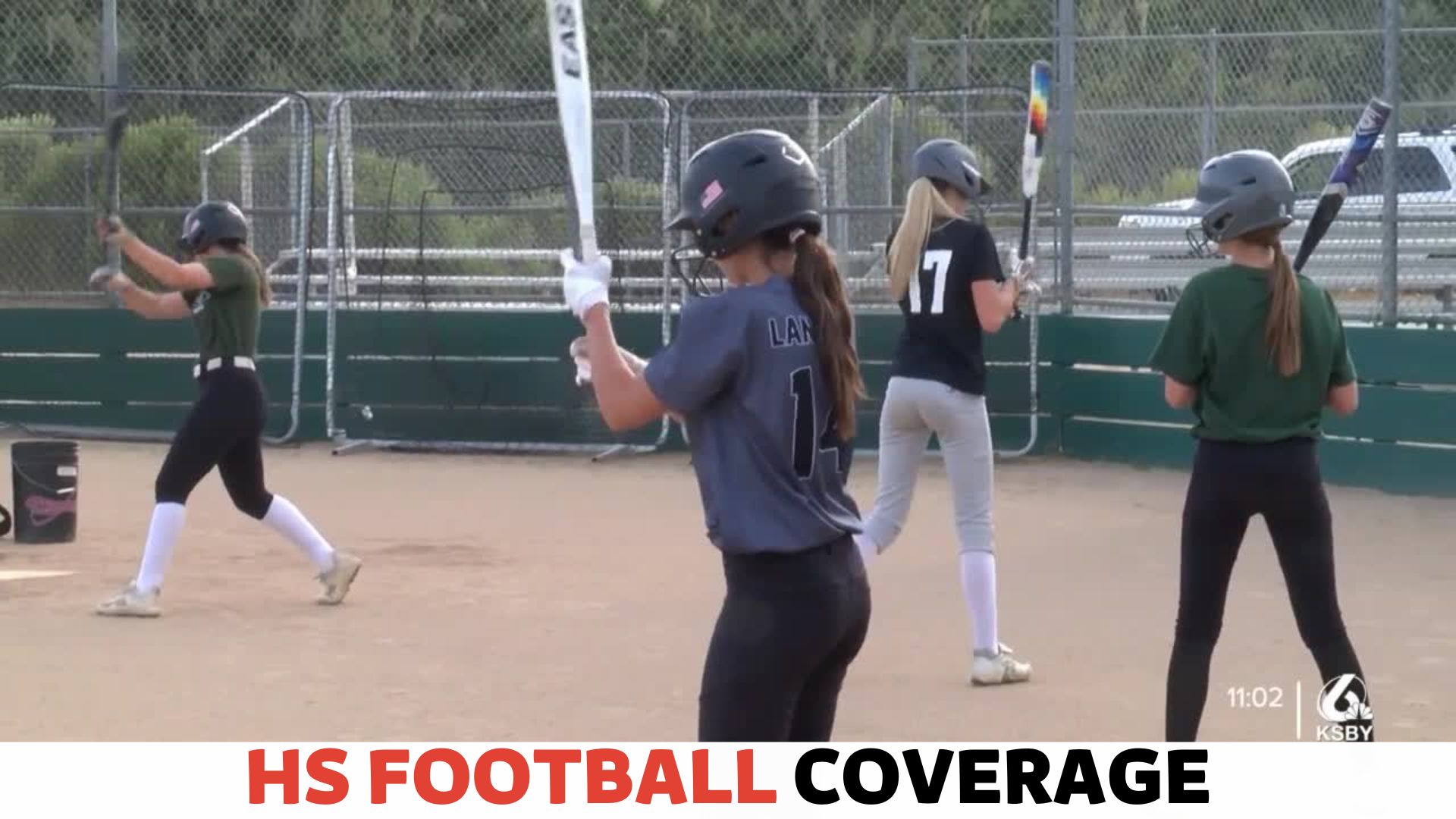
Yes, playing High School Football can be dangerous. Injury is one of the most common issues in high school football. Many participants are at risk of injury every time they venture onto the field. In High School football, sprains, strains, fractured bones, and concussions are common injuries.
There are many risks in football. But many young students still find playing High School Football rewarding. However, reducing the risk of injury and ensuring player safety is essential.
Several factors can contribute to the danger of High School Football, but we can take measures to minimize these risks. This includes improving safety measures such as better equipment and training techniques and enforcing strict rules and regulations.
In this article, we will explore the question, “Is High School Football dangerous?” by examining the risks and benefits of the sport.
Is High School Football Dangerous?
In short, the answer is yes, High School Football can be dangerous. However, the level of danger depends on the school, area, coach, and player’s skill level.
Coaches and school officials can protect players by providing the right equipment and training, following the law, and monitoring their health.
Recent sports science and medicine developments have contributed to making physical activity safer. These advancements have focused on improving injury prevention, identification, and treatment. For example, studies have demonstrated that specialized helmets can reduce the risk of head injuries. Additionally, implementing concussion protocols has been shown to be effective in lowering the chance of such injuries.
The choice to participate in High School Football should be made after weighing the advantages and disadvantages and specific aspects like a player’s skill level and medical background. High School Football can be a rewarding and safe experience for players with the right safety measures and a dedication to safety.
According to the National Center for fatal Sports Injury Research, High School Football has fatal injuries. Traumatic injuries are those that leave a victim permanently disabled or dead. Football’s severe injury risk is low, with high school players averaging 1.5 yearly.
Many argue that the advantages of High School Football exceed the risks of dangers. Football can promote socialization, physical exercise, and teaching critical values like teamwork, discipline, and perseverance. Safety measures like upgraded tools and modified rules have been implemented to further reduce the chance of injury.
What Are the Most Common Injuries in High School Football?
We’ll discuss some of the most prevalent High School Football injuries below:
Concussions
Concussions are one of the most prevalent High School Football injuries. A concussion is mild traumatic brain damage caused by a violent blow to the head. Concussions can occur when players collide or a player’s head collides with the earth. It can induce headaches, dizziness, confusion, and even loss of consciousness in severe instances.
Sprains and Strains
Sprains and strains are common High School Football injuries. This type of injury occurs mainly in the lower limbs. A sprain happens when a ligament gets strained or torn, whereas a strain happens when a muscle or tendon gets stretched or torn. Overuse, bad conditioning, or poor technique all contribute to these injuries.
Fractures
Fractures, particularly in the upper extremities, are prevalent in High School Football. Fractures can develop as a result of a direct blow or a fall. The collarbone, wrist, and fingers are the most frequently fractured bones. Fractures often need proper medical care and may necessitate immobilization or surgery.
Heat-Related Injuries
Heat injuries in High School Football are common, especially during summer practices. Heat injuries happen when the body temperature rises to dangerously high levels due to physical activity or exposure to high temperatures. Cramps, dehydration, heat exhaustion, and heatstroke are all potentially deadly outcomes of heat injuries.
Injuries caused by overuse
Overuse injuries, particularly in the lower extremities, are prevalent in High School Football. Overuse injuries are caused by repeated stress and can result in pain, swelling, and a restricted range of motion. In High School Football, Shin splints, patellar tendonitis, and plantar fasciitis are all prevalent overuse injuries.
Concussions in High School Football
Traumatic brain damage is a concussion. Chemical changes occur when the brain moves rapidly after a blow to the head or body. Some High School Football injuries, such as chronic traumatic encephalopathy, may not be instantly apparent. (CTE).
CTE is a degenerative brain disease connected to repeated head trauma, such as concussions. It can cause memory loss, depression, and aggression and can only be identified after death by examining the brain.
High School Football players are in danger of injuries other than head injuries. Sprains and strains are the most prevalent High School Football injuries, with the ankles and knees being the most frequently affected areas. Sudden movements, collisions, or crashes can cause these injuries.
What Are the Safety Measures High School Football Teams Taking to Reduce the Risk of Injury to Players?
With the understanding that High School Football can pose risks to players, teams and organizations have taken steps to mitigate the dangers and prioritize player safety. Here are some of the measures that High School Football teams are taking to reduce the risk of injury:
Equipment and Gear
Players must have the proper equipment and gear to reduce the chance of injury in High School Football.
The National Operating Committee on Standards for Athletic Equipment (NOCSAE) plays a vital role in ensuring safety in football. It sets standards for football helmets and High Schools.
Football teams are required to use helmets that meet these standards. Additionally, to further protect players from injuries, they must wear other protective gear, such as shoulder, knee, and mouth guards.
These protective gears are crucial for safeguarding the players during the game. Therefore, compliance with these standards and regulations is essential to prevent injuries and ensure safe participation in football.
Practice Regulations
High School Football teams have also implemented regulations on practice amount and intensity. The National Federation of State High School Associations limits football teams to three hours of full-contact exercise per week during the regular season and 90 minutes off-season.
Concussion Protocols
Concussions are a major concern in football, and high school teams have protocols to handle potential concussions. Players who show signs of a concussion are immediately removed from play and evaluated by a medical professional. Players are only allowed to return to play after they have been cleared by a medical professional.
Coaching and Training
High School Football coaches are also trained to prioritize player safety. Many coaches undergo training to recognize and respond to injuries, and some states require coaches to complete training in concussion awareness and management. Additionally, coaches may be trained in proper tackling techniques and ways to minimize the risk of injury during practice.
Emergency Action Plans
High School Football teams have emergency action plans to respond quickly to injuries or medical emergencies.
These plans outline specific steps to be taken in the event of an injury, including contacting medical professionals, administering first aid, and transporting the injured player to the hospital.
While these measures can help reduce the risk of injury in High School Football, it’s important to note that injuries can still occur. That’s why players, coaches, and parents need to be aware of the potential risks associated with the sport and take steps to minimize those risks.
How are High School Football Coaches Trained to Address Injuries and Ensure Player Safety?
High School Football coaches must proactively approach player safety by adopting appropriate safety measures and encouraging a safety culture.
This includes offering proper equipment and facilities for players, such as helmets, padding, and safe playing surfaces. Coaches should also ensure that their players receive adequate training and guidance on safely using the equipment.
Coaches should emphasize mental health and well-being in addition to physical safety measures. This entails fostering a welcoming and inclusive team atmosphere that promotes open communication and addresses any issues concerning mental health or emotional well-being. Coaches should also know how to spot mental health issues and offer help when needed.
Overall, High School Football coaches must put player safety above all else. Coaches can help their players have a positive and rewarding football experience while minimizing risks by creating a safe and supportive team environment. They can also provide proper training and instruction and respond quickly and effectively to injuries and emergencies.
How Have Rules and Regulations Regarding Safety in High School Football Changed Over Time?
In recent years, there has been an increased understanding of the hazards of High School Football. This includes the risk of head and spinal injuries. It has significantly changed the sport’s laws and regulations and emphasized safety measures and coaching education.
One of the most significant adjustments has been the emphasis on reducing the number of football-related head injuries.
Previously, emphasis was placed on enhancing helmets to prevent head injuries. However, studies have shown that helmets alone cannot prevent concussions, so new regulations have been adopted to reduce head injuries.
In 2010, the National Federation of State High School Associations (NFHS) introduced a new rule. This rule implies that players with concussion symptoms to leave the game until medically cleared. This rule has substantially reduced the incidence of head injuries in High School Football games.
Other rules and regulations have been modified to reduce the danger of neck and back injuries. For instance, the NFHS has implemented stricter rules regarding helmet-to-helmet contact, tackling techniques, and blocking below the waist, which have all been shown to increase the risk of spinal injuries.
In addition, there has been an increased emphasis on injury prevention and appropriate technical training and education for coaches and players.
Numerous secondary schools now mandate that coaches receive training in player safety and injury prevention. There has been a drive to teach players effective tackling techniques that reduce the risk of injury.
High School Football can be dangerous. Many measures have been taken to reduce injury risk and improve player safety. As research and technology advance, additional safety enhancements will likely be made for all High School Football players.
How Does the Safety of High School Football Compare to That of Professional Football?
There are a lot of differences between High School Football and Professional Football. These differences are discussed below:
Injury Rates in High School and Professional Football
Injury rates in football are high, but they vary depending on the level of play. The National Athletic Trainers’ Association found that High School Football has more injuries than varsity football.
Yet, the injury rate in professional football is lower than that of High School Football. This may be because professional football players are more experienced and have access to better medical care.
Safety Measures in High School and Professional Football
Both high school and professional football teams have safety measures to reduce the risk of player injury.
These include proper conditioning, training techniques, equipment, and medical personnel on the sidelines to treat injured players. However, professional football has more resources for safety measures, including access to the latest technology and medical equipment.
Differences in Player Size and Skill Level
Professional football players are larger and more skilled than high school players. They are bigger and stronger than high school players and have more game experience. This means they may be less prone to certain types of injuries, such as concussions because they know how to avoid dangerous situations.
The Role of Equipment in High School and Professional Football
Football equipment is designed to protect players from injury, but there are differences in the quality of equipment used in high school and professional football.
Professional football players have access to the latest technology in equipment, such as helmets that can measure the force of impacts. However, High School Football teams may need more resources to purchase the latest equipment.
The Impact of Rule Changes on Player Safety
In recent years, there have been ruling changes in football to improve player safety, including targeting penalties for hits to the head and neck area.
These rule changes apply to all levels of football, but professional football has been more proactive in adopting them. For example, the NFL has changed its kickoff rules to reduce the risk of injuries.
Conclusion
Playing High School Football can be dangerous. These include sprains, strains, and concussions being the most common types of injuries. There are also some measurements that we can take to lower the risks of injury for players. Stricter rules, better equipment, and guidance can all contribute to making High School Football a safer sport.
If we compare it to Professional Football, High School Football still has still a chance to improve. Professional football has more safety tools and mandatory guidelines to protect players.
Therefore, players, coaches, parents, and officials must prioritize high school football safety to make it a safer sport. Working together and implementing safety steps can help keep High School Football fun and safe for everyone involved.
- Related: Can Girls Play High School Football?















